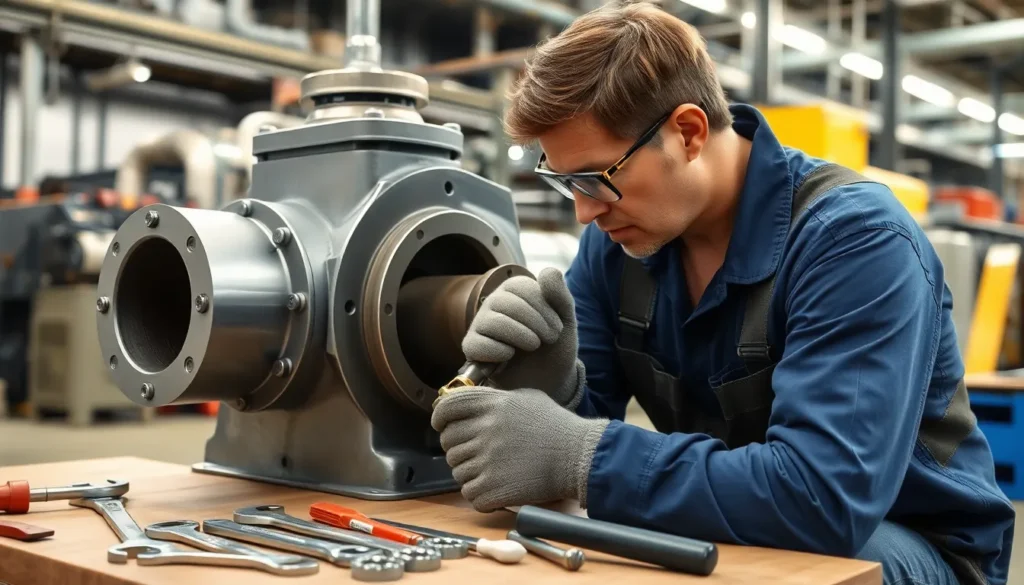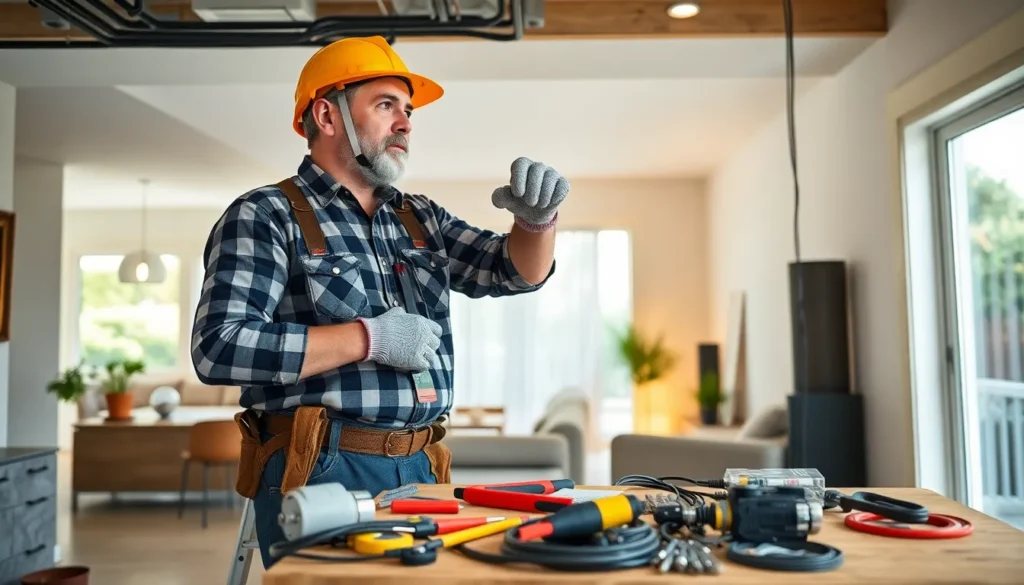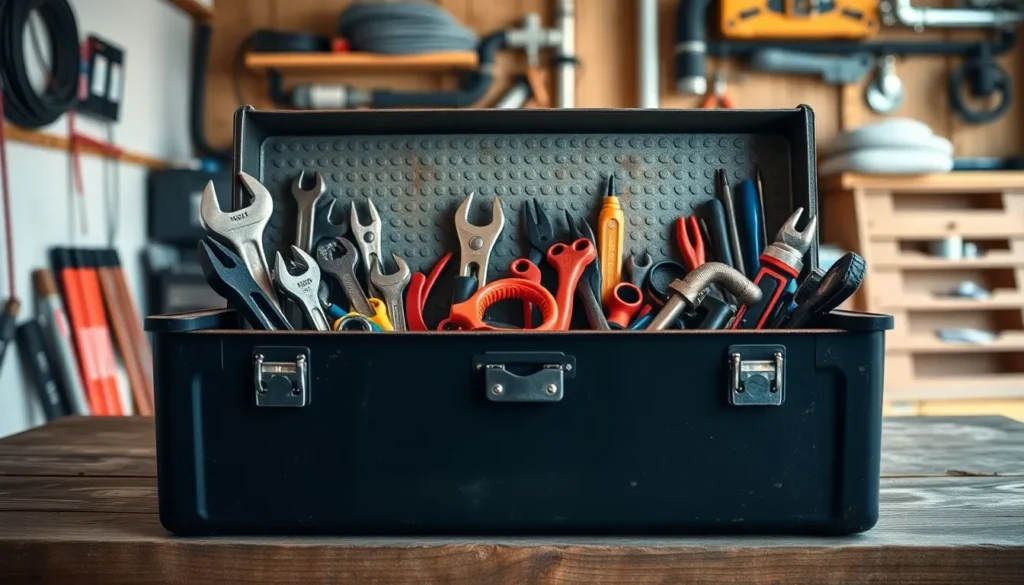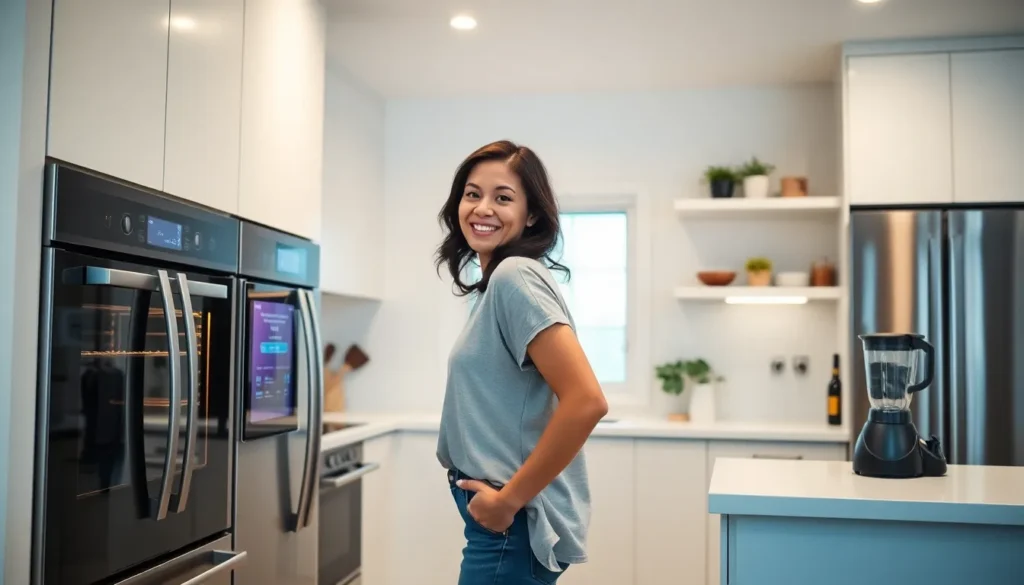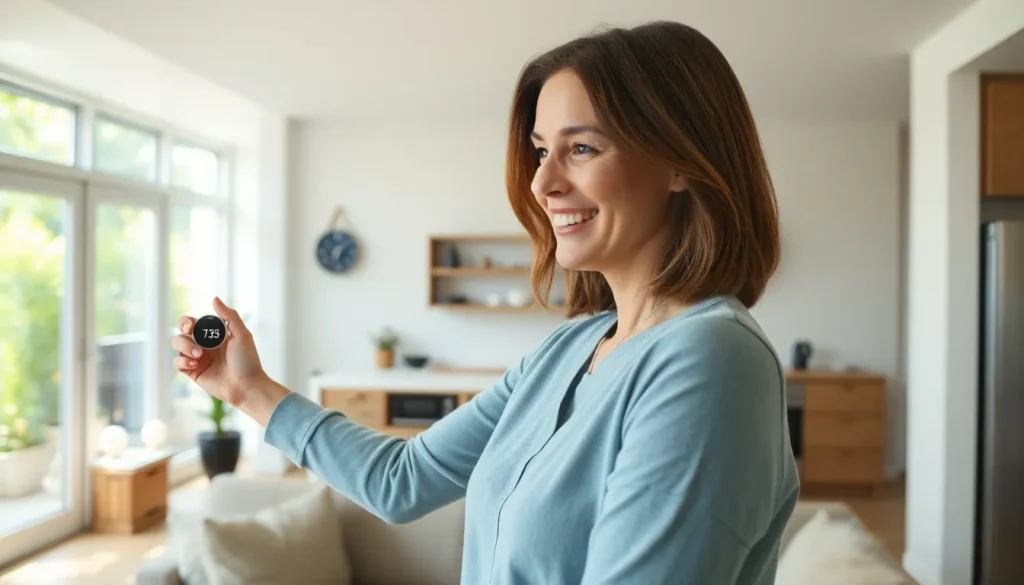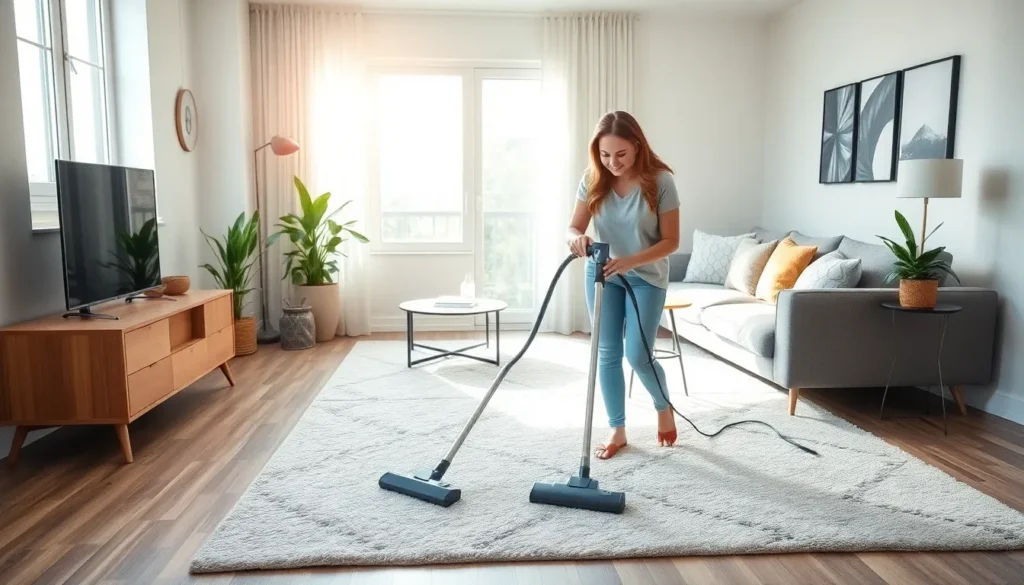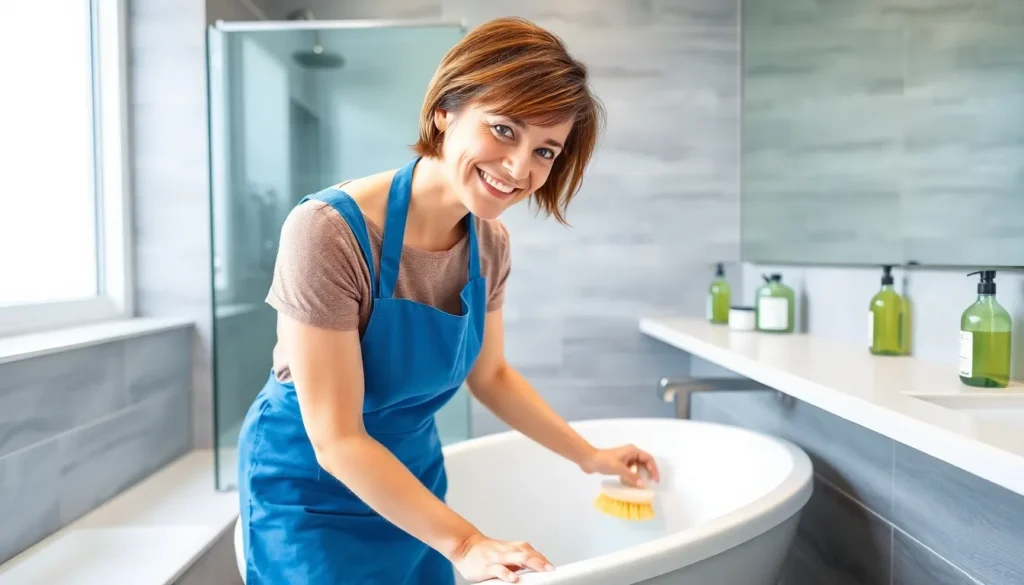Imagine a world where your plumbing not only carries water but also powers your gadgets. Welcome to the quirky realm of electrical plumbing, where pipes and wires dance a delicate tango. This innovative fusion of plumbing and electrical systems isn’t just a trend; it’s a game changer for modern homes.
Table of Contents
ToggleOverview of Electrical Plumbing
Electrical plumbing integrates plumbing systems with electrical components, allowing water pipes to serve dual purposes. This innovative technology enables the transmission of electrical power alongside water flow, creating opportunities for powering devices like sensors and heaters directly through the plumbing infrastructure.
Systems become efficient, optimizing space and resources within homes. By placing electrical elements within water lines, it reduces visible wiring and opens up design possibilities. Homes equipped with this technology can experience enhanced functionality, as appliances can operate seamlessly with water flow.
Key components include specialized wiring, waterproof connections, and smart fixtures. Each of these elements contributes to ensuring safety and efficiency. Manufacturers design these systems to withstand the pressurized environment of plumbing, reducing the risk of hazards.
Energy consumption may decrease with the use of smart sensors, which can optimize energy use based on water temperature or flow rates. These technologies may contribute to lower utility bills while improving overall home comfort.
Advanced controls can now be integrated to provide users with real-time data regarding water usage and energy consumption, promoting conservation efforts. Trends show a growing interest in smart home ecosystems, where electrical plumbing plays an essential role in creating a cohesive, intelligent living space.
Electrical plumbing stands as a game-changer in the construction and renovation industries, offering builders and homeowners innovative solutions for modern living. As this technology evolves, its application promises to redefine standards in residential design, enhancing both convenience and efficiency.
Benefits of Electrical Plumbing
Electrical plumbing provides multiple advantages for modern homes. Homeowners appreciate the integration of plumbing and electrical systems, offering enhanced functionality and innovation.
Energy Efficiency
Energy efficiency stands out as a primary benefit. Smart sensors optimize water temperature and flow rates, resulting in reduced energy usage. By adjusting energy consumption based on real-time data, these systems minimize waste. This proactive approach not only lowers carbon footprints but also contributes to sustainable living. Devices connected through electrical plumbing streamline operations, allowing for precise control over energy consumption. Homeowners enjoy the comfort of energy-efficient systems without sacrificing utility.
Cost Savings
Cost savings significantly enhance the appeal of electrical plumbing. Optimizing energy usage leads to lower utility bills, providing financial relief over time. Reduced energy consumption translates to savings that can be reinvested into home improvements. Additionally, the dual function of pipes eliminates the need for extensive wiring, decreasing installation costs. Long-term maintenance expenses also drop due to enhanced durability and efficiency of smart fixtures. Practical expenses shrink while maximizing the functionalities of a home, making electrical plumbing an appealing investment.
Key Components of Electrical Plumbing
Electrical plumbing integrates various components designed for safety and efficiency. Understanding these key elements helps illuminate the system’s functionality.
Wiring Systems
Wiring systems stand at the heart of electrical plumbing. These specialized connections ensure the safe transmission of electricity alongside water flow. Enhanced insulation protects wiring from moisture, preventing short circuits or failures. Efficient routing utilizes the existing plumbing layout, minimizing visual clutter. Proper installation requires adherence to specific electrical codes, ensuring compliance with safety standards. Many homeowners appreciate the reduced installation costs due to the dual functionality of pipes.
Circuit Breakers
Circuit breakers play a vital role in electrical plumbing systems. These devices protect against overloads and short circuits, enhancing safety. They monitor the electrical flow and automatically interrupt connections when issues occur. Placement near plumbing fixtures allows for immediate response to problems, improving safety in areas near water. Regular inspections ensure circuit breakers remain functional, reducing risks associated with electrical faults. Homeowners value circuit breakers for their role in safeguarding both plumbing and electrical systems.
Common Applications
Electrical plumbing finds extensive applications in both residential and commercial settings, enhancing efficiency and functionality.
Residential Use
Homes increasingly benefit from electrical plumbing due to its innovative dual-purpose design. Bathroom fixtures like sinks and showers can accommodate smart controls, allowing occupants to manage water temperature and electrical devices simultaneously. Kitchens utilize this technology to power appliances while maintaining seamless water flow for sinks and dishwashers. Utilizing electrical plumbing reduces visible wiring, creating a clean and modern aesthetic. Homeowners enjoy lower utility bills as energy-efficient systems optimize the use of both water and electricity. Routine maintenance checks ensure safety and efficiency, making this approach appealing for residential improvement projects.
Commercial Use
In commercial spaces, electrical plumbing proves essential for optimizing operations. Restaurants rely on smart water and electrical management to enhance food preparation efficiency. Office buildings benefit from centralized control over heating and cooling systems, integrating water and electrical functionality. These systems allow for significant space savings, eliminating the need for separate conduits for wiring. Additionally, commercial facilities experience lower maintenance costs due to fewer installation complexities and potential failures. As energy efficiency becomes a priority for businesses, electrical plumbing solutions align with sustainability goals while promoting a coordinated operational environment.
Safety Considerations
Safety plays a crucial role in electrical plumbing systems. Homeowners must prioritize using specialized wiring to handle both water and electricity effectively. Waterproof connections protect the system from moisture, minimizing the risk of electrical failures.
Regular inspections come highly recommended to ensure that all components function correctly. Monitoring circuit breakers is vital as they prevent overloads by interrupting electric flow during issues. Positioning these devices close to plumbing fixtures enhances safety and accessibility.
Training for installation personnel emphasizes proper techniques when integrating electrical and plumbing systems. Educational resources provide guidance on the correct usage of tools and materials, which significantly reduce error rates.
Smart fixtures also contribute to safety by automatically adjusting settings based on sensory feedback. For example, temperature controls can prevent scalding by adapting to user needs. Utilizing these advanced features ensures user safety and comfort.
Homeowners should educate themselves about potential hazards associated with electrical plumbing. Familiarity with the layout of the electrical components aids in identifying risks quickly.
Compliance with local building codes remains essential for creating a safe environment. Local regulations outline specific requirements for electrical plumbing systems, reducing liability risks for homeowners.
Ultimately, understanding and implementing these safety considerations transforms electrical plumbing from a novel concept into a secure and efficient solution for modern homes.
Electrical plumbing represents a significant leap forward in home design and functionality. By combining plumbing and electrical systems homeowners can enjoy enhanced efficiency and reduced utility costs. This innovative approach not only optimizes space but also aligns with sustainability goals.
With smart fixtures and specialized wiring at the forefront of this technology safety remains paramount. Regular inspections and adherence to local building codes ensure a secure environment. As electrical plumbing continues to evolve it stands out as a transformative solution for modern living spaces. Embracing this technology could lead to a more efficient and environmentally responsible future for homes and businesses alike.


